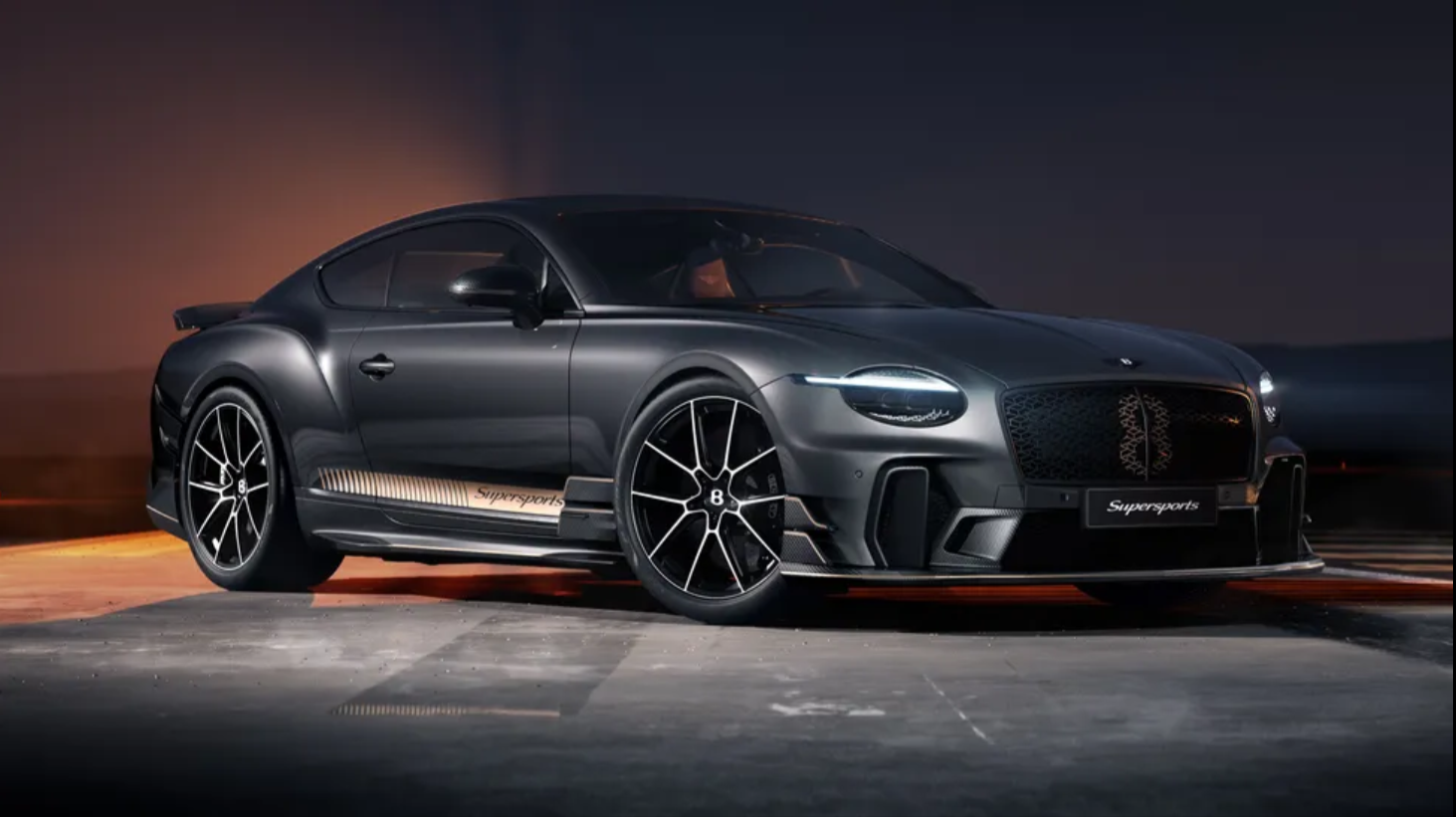The C8 Corvette is hardly considered a dragstrip stormer, but that hasn't stopped a bold group of enthusiasts from chasing glory in the straight-line hustle. Recently, Steven Fereday of Late Model Racecraft has placed his name on the top of the all-time quickest C8 Corvette list as he drove his 2020 Corvette Stingray to a best of 8.83 at 160 mph during the Texas Speed Syndicate's Quick 30 event at Houston Raceway Park.
One could say that the mid-engine Corvette platform has carried some street cred since the early days. Mark Carlyle pushed one into the 10-second zone within two weeks of the 2020 Corvette hitting dealership floors. He accomplished the task thanks to a bolt-on nitrous kit enhancing the LT2 engine, a set of lighter wheels, and a pair of Mickey Thompson drag radials. Fereday's efforts are obviously far more elaborate, as you will see.
Additionally, this isn't the first time a C8 Corvette was pushed into the 8-second zone; that honor belongs to Fereday's friend, Anderson Dick, who is the founder of FuelTech, a technology company that is best-known for its innovative engine-management systems at the upper echelon of motorsports. The two collaborate on various R&D projects, and the pair of 8-second C8 Corvettes proves that think tanks are better than going the route alone.
In a world that includes 5,000-hp turbocharged engines, making 1,500 hp shouldn't be too hard, right? One would think so, but the major challenge in the C8 Corvette is its Global B electronic architecture, which includes encryption to prevent cyberattacks. It works great for its intended use, but it has wreaked havoc on the aftermarket's ability to offer calibration updates to increase performance (more on that later). Let's look at the hard parts of this turbocharged LT2 powerplant.
Fereday and his crew knew they needed to fortify the LT2 engine platform, for which he suggests a piston upgrade for anything more than 8-10 psi of boost. He turned to Late Model Engines (LME), a company he's worked with for nearly 20 years, to rebuild the latest small-block Chevy engine. The factory block now houses forged pistons and stronger connecting rods, which swing off a factory crankshaft. The factory heads were ported but the team chose to retain the stock LT2 camshaft.
When it came to the intake manifold, LME designed it specifically for this application and built it using a solid piece of billet aluminum. Included in the new design is a key feature: an extra set of fuel injector bungs (more on that later, too).
Unnatural aspiration is courtesy of twin turbochargers from Precision Turbo and Engine, and Fereday jokes about admitting the sizes, but he keeps those specs on lockdown like a true street racer. The turbos are mounted on a Late Model Racecraft kit that is available to customers. The setup features top-mounted turbos that can be seen through the clear enclosure, and it also fastens to the factory exhaust system. In fact, Late Model Racecraft offers its own branded after-cat exhaust/muffler system (stainless-steel or titanium) for those who want more power and a better sound from their late-model Corvette.
The factory TREMEC TR-9080 eight-speed transmission uses a dual clutch and is electronically locked out, much like the engine controls. The group overcame this challenge with a mechanical solution, and estimates the current limit at 1,500 hp.
Late Model Racecraft has dissected and studied the transmission for two years and employs several techniques to handle its twin-turbo setup. Fereday admits it isn't perfect and says the goal is to get it act like DCT setups in Lamborghinis and other exotics on the drag-racing and roll-racing scenes. It does, however, get the job done for this application at the present power level.
The first step is to replace the factory clutches, filling the basket with as many Dodson clutches as the unit can fit. Further helping the clamping power are increases to the line pressure and shift pressure, two elements he admits to adjusting, though he is quiet on how the shop accomplishes the task. These upgrades keep the clutch working properly, but Fereday is continuing to R&D solutions because the engine could make 2,000 hp with more boost.
The CV axles have been upgraded due to the power and additional traction, which is on par with the previous generations of Corvettes at this level. The vehicle also benefits from drag racing-type wheels and tires, which were sourced from LG Motorsports. The 15-inch wheels are from Weld Racing, and the drag radial rubber is from Mickey Thompson.
As mentioned before, the encryption in the Global B electronics poses a major challenge to the automotive aftermarket. The walled ECU has restrained the number of modifications and performance on the C8 Corvette platform, stunting go-fast parts development in that segment. There has been some progress, and HOT ROD is currently working with a manufacturer to show off those results, but for the most part the ECU has been the limiting factor.
Fereday turned to the race car segment of his Late Model Racecraft business for a solution and standing there was FuelTech, ready to help. The Brazilian engine management system has grown roots in the United States as it has solidified itself as one of the leaders in the drag racing market and other motorsports. A collaboration with Anderson Dick, founder of FuelTech, led to a jumper harness system to adapt an FT600 engine management system to the LT2 engine platform.
The factory ECU operates independently, while the FT600 comes to life when the manifold sees boost pressure. Remember the second set of port injectors in the LME billet manifold? A fuel cell is mounted in the front luggage compartment and an Aeromotive brushless fuel pump supplies additional fuel to the injectors—all controlled by the FuelTech. The FT600 also handles the boost controller and traction control while monitoring the factory sensors. The technique has been common with the 2,000+hp Lamborghini and Audi TT supercars that are running around events like TX2K.
Fereday and Late Model Racecraft plan to get to the 2,000-hp level in the coming months as they work with clutch specialists to find a solution to hold that kind of power. Once they unlock the intricacies of clutch durability, it is game-on to go hunting exotics at the biggest events across the country.
Source









.jpg)


.jpeg)

.jpeg)
.jpeg)

